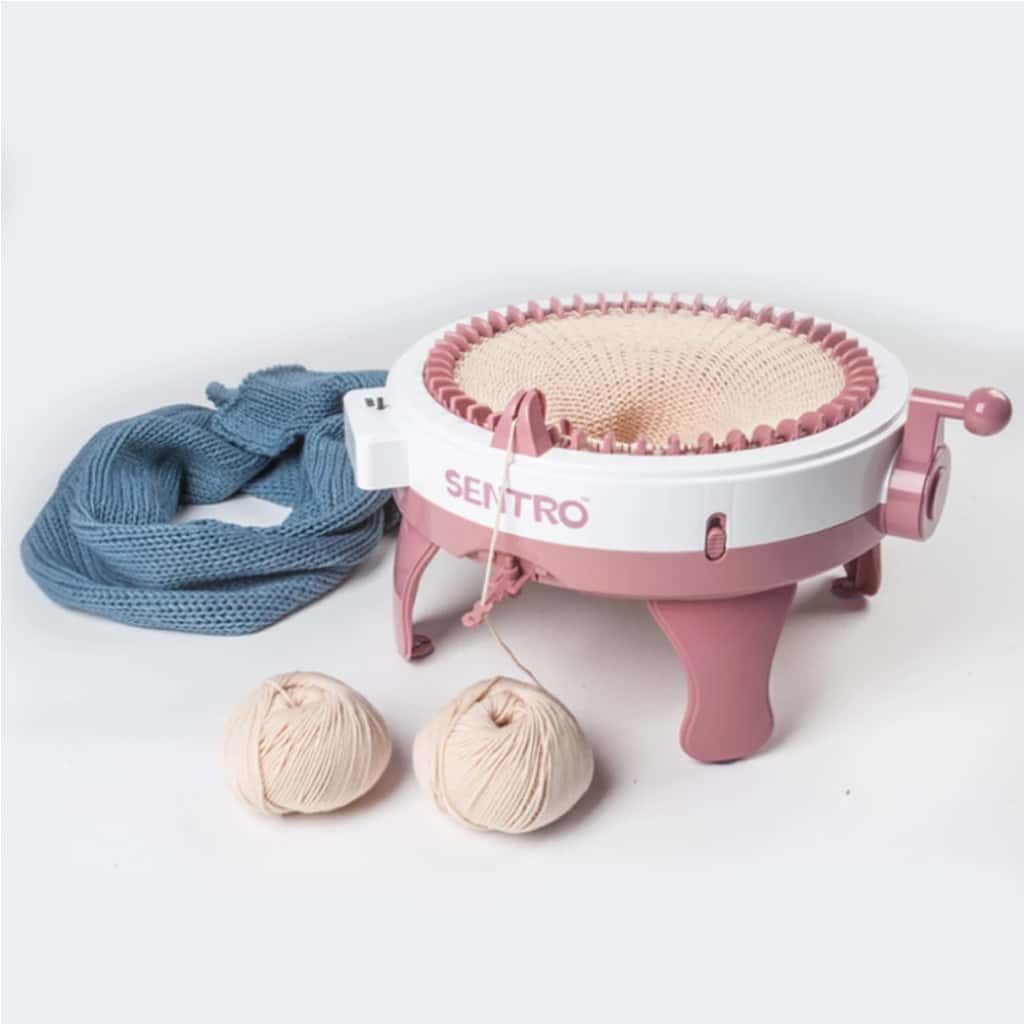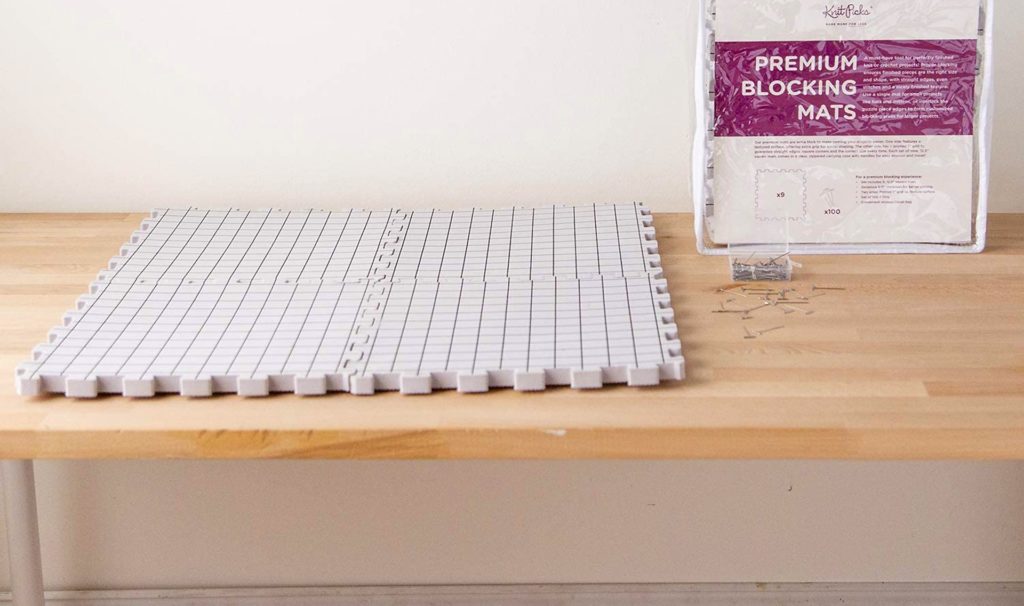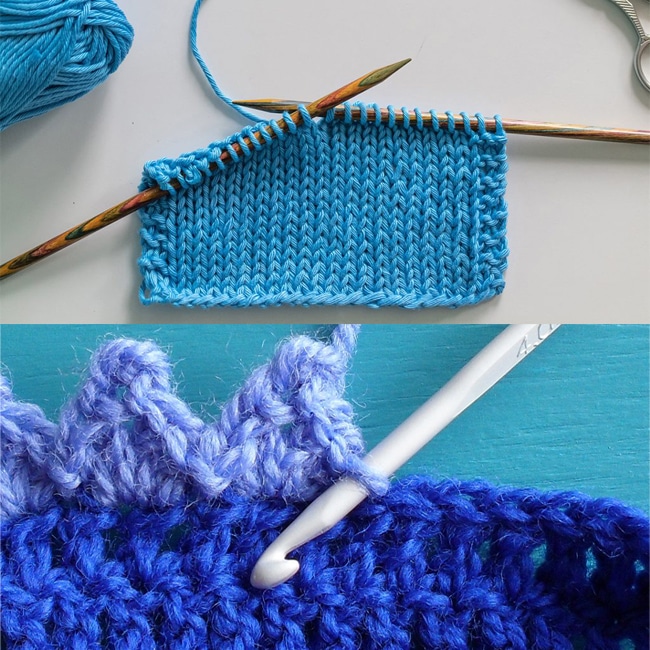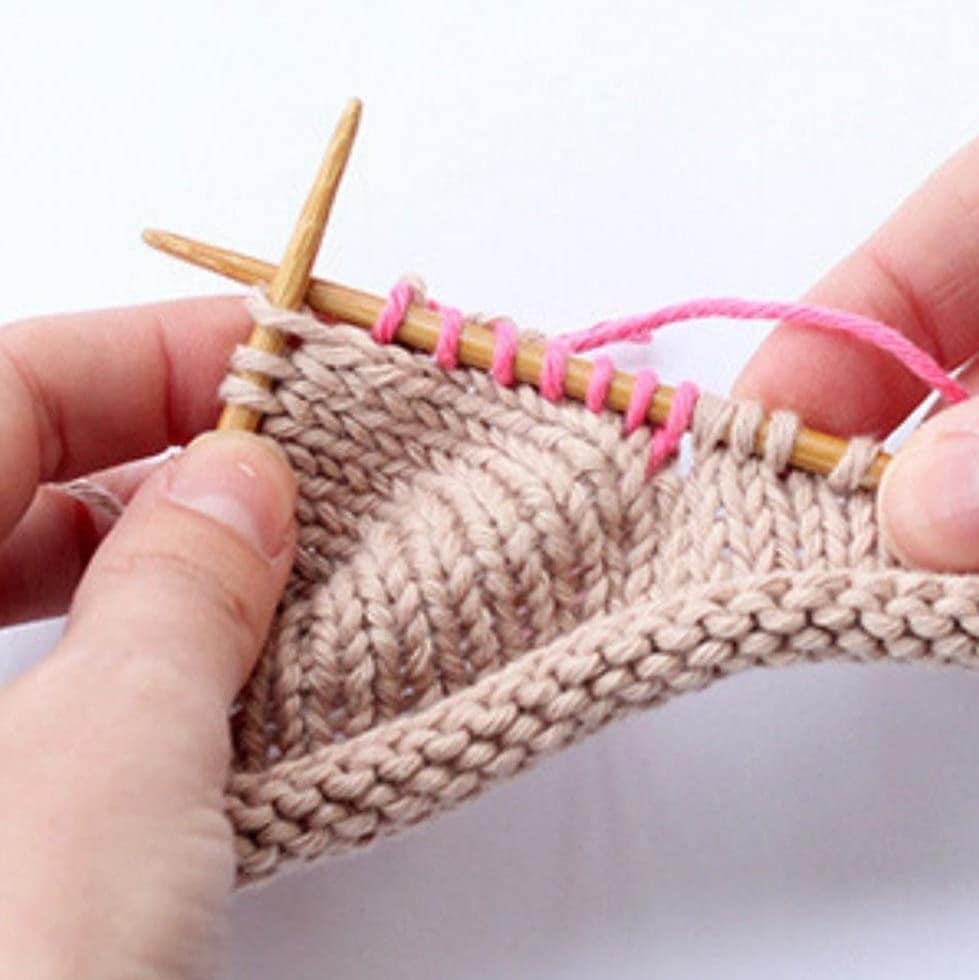

For most people, the correlation between wool and sheep is instant when you ask them about the material. After all, according to history, sheep were the first sources of wool. With the growth of technology, modern wool can be sourced from various animals, including sheep, alpacas, rabbits, camels and more, with different fabric results. Also, given that the processing is different, the results will ultimately be different types of wool as well.
Notably, each type of wool has distinct characteristics, and thus they work differently for the various projects. As such, if you’re a person who hopes to work with the material in the near or far future, information on the various types of wool could be invaluable, and that’s precisely what we provide in this write-up.
As we mentioned above, modern wool is sourced from different animals, and ultimately this has a bearing on the characteristics of the fabric. As such, it makes sense that one of the ways we classify wool is by its origin. Below are the different types of wool fibers and wool fabric depending on the origin. We also inform you of some of the characteristics of the said wool.
Merino wool Trusted Source What is Merino wool & how is it made? | The Woolmark Company Australian Merino wool is the world’s best wool. Coming from Merino sheep, it has qualities that no other fibre, such as cashmere, cotton or polyester can match www.woolmark.com qualifies as one of the most popular types of wool yarn, and with good reason. One, it’s significantly less itchy than most other sheep wools. Second, it produces soft, fine and long-lasting fabrics. Additionally, it absorbs bacterial odor, and you can thus wear it for extended periods without worrying about the smell. Finally, the temperature regulation properties are ideal for a variety of weather conditions.
There are different types of merino wool in terms of quality, and the difference is brought about by the thickness of the wool fibers used. As such, the uses are different and range from making carpets and bedding to creating garments that feel softer than cashmere. Also, the material is one of the more expensive wool options on the market.
According to most reviewers, the TEHETE 50% Merino Yarn is one of the highest-quality merino knitting yarns available. It’s made using a mix of 50% merino wool, and the rest is acrylic which means any resulting garments can be used both in the winter and in the summer. Furthermore, the yarn features contrasting colors that come together beautifully, which is bound to affect your knitting project positively.
Also, despite the origins of merino sheep being in Spain, the current major producers of the wool in the world are Australia and New Zealand.
Shetland wool is a byproduct of Scotland and is produced in the Shetland Islands. Coincidentally, the sheep used to cultivate the wool also go by the same name. The material is warm and seems to be an excellent pick for making winter clothing. Also, it’s often fashioned into yarn, and that makes it ideal for knitting.
Some other notable qualities include the fact that it’s lightweight, durable, soft, and there are more natural color options. The official number of colors is eleven, although the different shades can number up to 30. That said, it can be fairly itchy compared to alternatives like Merino wool, and the resulting fabrics can be somewhat rough.
The Border Leicester is a sheep breed with origins in Britain. The sheep are larger than other breeds, but they’re also docile. Additionally, they are raised both for the wool and their meat. The sheep can be shorn up to twice a year due to their fast-growing wool. Also, the long wool is used to make beautiful but durable fabrics that are best suited for coats and dresses.
Most sheep will be shorn a couple of times throughout their lifetime. The first shearing session happens when they’re between six and seven months old, and the resulting fleece is used to make lambswool fabric. Please note that wool fleece is different from fleece fabric. The wool doesn’t need much processing, and the resulting fabric is strong and soft.
Unlike a few other wool fabrics that are sourced from sheep, mohair is sourced from the Angora goat. It’s a high luster and high sheen fabric that is considered a luxury material. Also, it’s often woven in a plain weave and is used for a wide variety of clothes, including suits, cardigans, dresses, baby clothes and more. That said, most of the wool used for clothing is sourced from younger goats because the older a goat is, the thicker the fibers it produces. These thin fibers can make warm clothes despite being lightweight. Thicker fibers, on the other hand, are used for projects such as carpets, upholstery and outerwear.
Alpaca Trusted Source alpaca | Habitat, Diet, Lifespan, & Facts | Britannica Alpaca, domesticated South American member of the camel family, Camelidae (order Artiodactyla), that derives from the vicuña (Vicugna vicugna). It inhabits high-altitude marshy areas in the Central Andes. Alpacas are slender-bodied with a long neck and long legs, a short tail, a small head, and large pointed ears. www.britannica.com wool is another blend of wool you may encounter. True to its name, it is sourced from two alpaca breeds, namely, the Huacaya and Suri and of course, the resulting fabrics have different characteristics. The wool from Huacaya alpacas, for instance, is used for knit fabrics since it’s thicker, while the alternative is silky and is hence used in woven fabrics.
Huacaya wool, while it is on the animal’s body, can easily be mistaken for sheep’s wool because it looks so similar. However, it is warmer and has no lanolin, which is the wax secreted by wool-bearing animals. Consequently, it is hypoallergenic. Lastly, it is not as prickly as other types of sheep wool.
While on the animal, Suri wool looks a lot like silk and has no crimp, and these reasons are why it’s preferred for woven fabrics.
Angora wool seems like it would be sourced from the Angora goat given the similarities in name. However, this wool is sourced from a different animal altogether, namely the Angora rabbit. Angora fibers are soft, thin and fluffy. They’re also warm and light since they come with hollow cores. That said, the fibers can be hard to maintain given that they felt easily even as they grow on the rabbits.
Additionally, they’re not elastic, and this feature is necessary when making most garments. As such, they often have to be mixed with other fiber types before they can be made into clothes. Lastly, Angora wool is also quite expensive.
Another very expensive wool type is cashmere. It’s a very fine textile that, instead of being shorn, the fibers are combed from the body of a cashmere goat. Consequently, you need more goats to get enough cashmere for fabrics, therefore explaining the extra cost. The resulting fabric is soft, fine and can be very warm. That said, it’s not very durable, especially in comparison to other wool fabrics.
Vicuna Wool is easily one of the rarest types of wool in the world. It is sourced from the Vicuna Trusted Source Vicuna | Highland Wildlife Park Vicuna (Vicugna vicugna) are the smallest member of the camelid family, and are thought to be the wild ancestor of the alpaca. They can be found in Argentina, Bolivia, Chile and Peru, living on high, mountainous grasslands and plains. Learn more about the vicuna at Highland Wildlife Park www.highlandwildlifepark.org.uk , which is a wild South American Camelid. It’s also a cousin to the llama hence the similar outlook. Traditionally, only the royalty of the Inca were allowed to wear vicuna wool coats. The animals were also believed to be sacred, which is why they were not hunted. Instead, they were herded, sheared and then let go.
However, when Spanish conquerors arrived and discovered the wool, they had a different approach. They hunted the animals with guns before shearing them, which brought them close to extinction. In today’s world, you can only shear the animals once every three years, which is one reason why garments made from the fabric cost an arm and a leg. Some of the clothes made using this fabric even run into the tens of thousands of dollars. It’s also light, but it provides some serious warmth and insulation.
Camels can also be sources of wool, and they give a fine luxurious fabric with a gold color. That said, the use will depend on the part of the camel’s body where the wool was sourced from. If it is from the softer undercoat of the animal, it can be used for clothing. Alternatively, outer hair is coarse and is primarily used in carpets and upholstery. Sometimes it can be blended with other cheaper fabrics to bring the cost down.
Additionally, you can classify the wool according to how it was processed, which ultimately leads to differences in fiber quality.
The term virgin wool is sometimes used interchangeably with lambswool. That said, it’s also used to describe wool that has yet to be processed.
Boiled wool is a byproduct of fulling, a process in which the wool is agitated in hot water. The resulting fabric is waterproof and seems to be used primarily on garments like scarves, cardigans, coats, berets and more.
Superwool is a classification similar to thread count in cotton, with some of the wool fabrics being classified as super 100, 110, 150 and more. Since it refers to fiber count, the higher the number, the higher the quality of the wool.
Wool chinchilla is made using a special type of machine called the chinchilla machine. The resulting fabric is wool that contains tufts on the surface.
Melton wool, on the other hand, is woven into fabric using a twill pattern. It’s tough, warm, wind-resistant and overall weather-resistant. It, therefore, makes a good fabric choice for blankets and jackets.
There are a few varying options that fall under the umbrella of lightweight wool. This is because the weight is often dependent on the weave. Technically, most woolen fabrics with a loose but firm weave are lightweight. Some examples of the same include crepe, albatross, woolen batiste and more. Crepe is a type of lightweight worsted wool. Woolen batiste is soft and lightweight.
Worsted is a descriptor for fiber quality. Typically, worsted wool is strong, fine, and smooth, and it finds its way into many suits since it doesn’t wrinkle. It also seems to perform well at keeping wind and rain away from the wearer.
Typically wool goes through a couple of chemical processes before it’s ready to make garments. This may include the incorporation of products like dyes, bleaches, scouring agents and more that not only whiten the wool but also change the texture. Organic wool is free of all these chemical processes.
However, it doesn’t stop there. Everything about the animal it’s sourced from also has to be organic. This includes the grass they eat, the animal husbandry methods, and more. As such, if they’re grazed on grass that has pesticides, then the resulting wool cannot be organic.
Once processed, the wool will be turned into a type of fabric that will then determine how it is used. We look at these different types of wool fabric in the section below.
Gabardine is a type of strong, twill weave woven fabric. The weave also gives it a distinct look where one side has a smooth texture while the other side is ribbed. Ultimately, after the wool has been made into gabardine fabric, it can be used to make trousers, suits, jackets, and even some bags.
Wool jersey typically refers to a knit fabric whose building blocks are wool yarn. Consequently, you’ll likely see it in knit garments, especially options like cardigans and knitted sweaters that you typically wear during the cold season.
Wool batting is a type of fabric made by bonding some wool fibers together. This usually involves heating the fabric fibers and then interlocking them. After the material has cooled, the resulting fabric is strong, and the fibers don’t shift, bunch or shrink.
The main characteristics of broadcloth wool are that it’s dense, features a plain weave and is very strong. It’s traditionally made of wool, although now there is also a cotton variation.
Whenever you look at the surface of bouclé woolen fabric, you should see curly twisted loops poking out. As such, it’s not surprising that bouclé is the french term for loops.
Tweed wool is a rough fabric that features a soft, open, but flexible texture. That said, a couple of different weave techniques can be used to make the fabric. Also, the fabric is both moisture resistant and warm.
A herringbone pattern looks a lot like the skeleton of a herring fish because parallel lines in two adjacent rows slope in different directions. As such, any woolen fabric with such a pattern is herringbone patterned wool. It can be used to make trousers, jackets and coats.
Loden wool is typically thick, waterproof and features a dark green color.
Lincoln wool is a very expensive but naturally good-looking fabric. Its aesthetics make it an excellent option for suits and some other high-end clothing.
When making wool felt, the wool is processed by rolling, and pressing although heat and moisture can be added to the process as well. The fibers of wool eventually mat together and create a smooth fabric. Wool felt has been known to be more soft and supple compared to acrylic felt. The durability is also superior. Often you’ll find it being used in craft projects, hats, jackets and even home décor items.
Users recommend the MOMODA 50 Colors wool yarn felt for home DIY projects because you get up to 50 rainbow colors. Also, the felt is made from soft fiber wool, which is highly moldable for your crafting projects.
Tartan wool is a traditional Scottish fabric with distinct patterns. Most of these patterns also have traditional roots where they were associated with prominent Scottish families. Furthermore, they were used to make kilts, although these days you typically find them in skirts and jackets.
As for flannel, you either find it in a plain or twill weave. It’s also napped, meaning that the loose staple fibers on the surface of the cloth are brushed out of the fabric structure. The resulting fuzziness helps the fabric trap air, which serves as insulation and makes the clothes warmer. It also makes the fabric softer. Notably, the woolen fabric can either be napped on one or both sides.
Any sharkskin fabric features a two-toned woven appearance, and it’s no different for wool sharkskin. Notably, the two-toned appearance is achieved by creating a twill weave where you alternate the warp and weft with different colored yarns.
Chenille fabric is velvety, soft and tufted due to the pile on the surface. Notably, pile is the raised surface of the wool that consists either of strands of yarn or upright loops.
Cheviot wool fabric typically features a white/ecru color and a helical crimp that looks a lot like DNA. It’s used in sweaters, socks, jackets, blankets and some suits. Also, the term cheviot can be used to describe the wool’s origins. This is because it was originally sourced from the Cheviot sheep raised in the Cheviot hills of England.
The list above shows that wool encompasses a lot of different materials for different projects. There are differences in how the material is sourced, processed and ultimately woven into fabric. For DIYers, crafters, sewers and more, knowing what makes the boiled wool and super wool fabrics different is invaluable information. It can determine what kinds of projects you use the different types of wool for. It can also help with decision-making as you plan for projects. Ultimately, a good idea would be to bookmark this post and return to it any time you plan for a new wool project.





